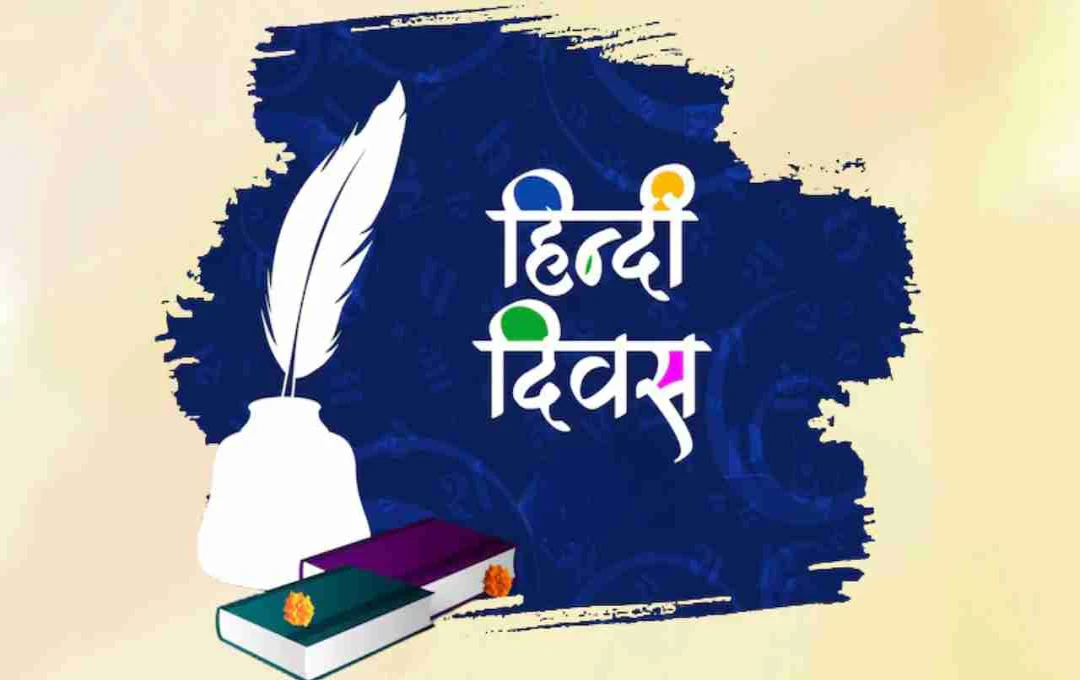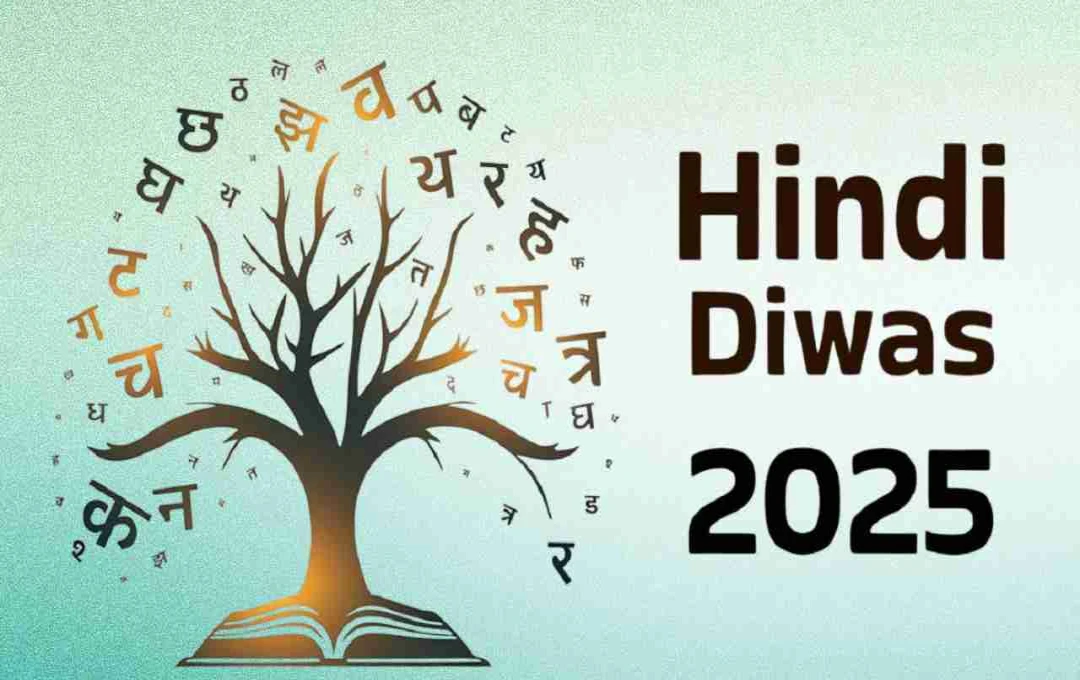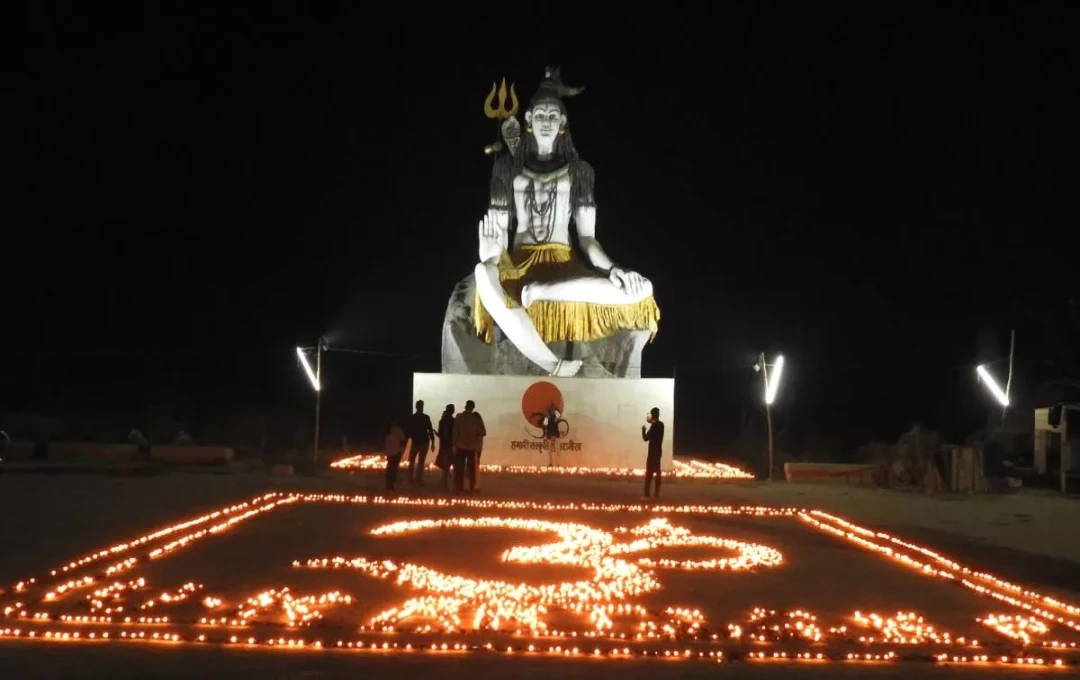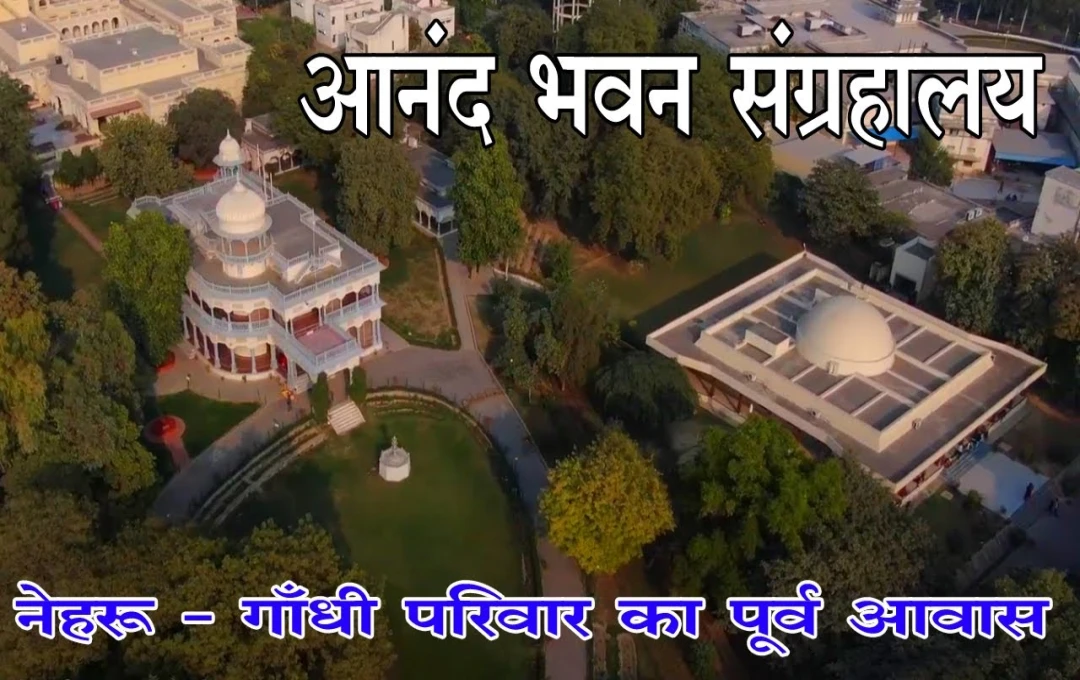Teja Sajja has once again returned to the big screen, and this time he is capturing the audience's attention with his new project, 'MIRA'. The film features grand visuals, exciting action, deep spirituality, and a brilliant amalgamation of Indian mythology. * Film Review: MIRA * Star Rating: 3.5/5 * On Screen: September 12, 2025 * Director: Karthik Ghattamaneni * Genre: Mythological Fantasy Entertainment: Films are not just stories; they offer an experience that touches audiences on an emotional, cultural, and spiritual level. Director Karthik Ghattamaneni's film 'MIRA' is one such cinematic creation, blending mythology, fantasy, and modern science to craft a world that seems to transcend imagination. The film is set to release in theaters on September 12th. If you wish to know whether this film is worth watching before its release, this review is for you. Story: A Unique Blend of Mythology and Science The story of 'MIRA' unfolds in a fictional yet deeply rooted Indian traditional world. The narrative begins with Emperor Ashoka, who transitions from a warrior king to a proponent of peace, dividing his divine powers into nine great texts and securing them. These texts have been preserved for generations by nine different warriors. 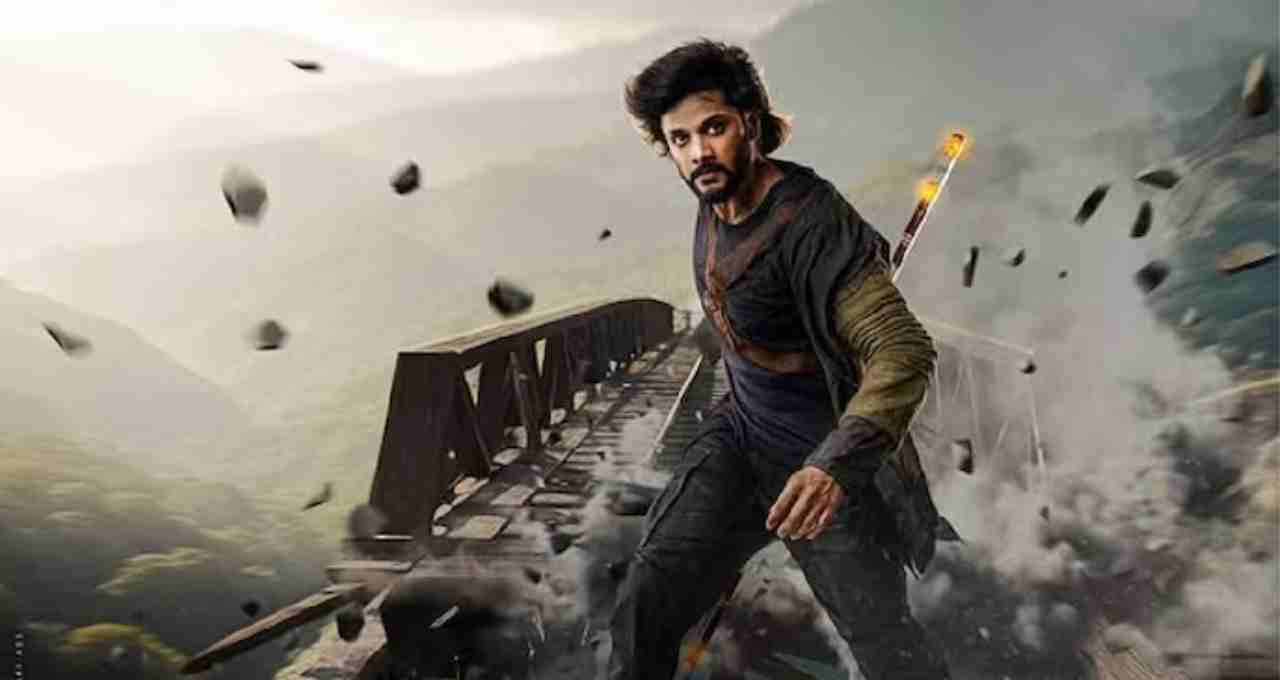 On the other hand, a sorcerer named Mahabir Lama (Manoj Manchu) adopts a path of unrighteousness, aiming to achieve immortality and divinity by acquiring these texts. Ambika (Shriya Saran) takes on the responsibility of stopping him, vowing to protect the world by sacrificing her son, Veda (Teja Sajja). Veda's journey is that of an ordinary young man who becomes a protector chosen by destiny. He must protect the ninth great text and, to do so, he must confront a dangerous adversary like Mahabir Lama. The divine weapon named 'MIRA', created during the era of Lord Rama, becomes the focal point of this narrative. The film presents a confluence of action, fantasy, and spirituality that can appeal to Indian audiences as well as global viewers. Teja Sajja's Performance: A New Energy Teja Sajja has delivered a brilliant performance as Veda. Post 'Hanu-Man', he appears more mature, balanced, and impactful. Veda's character symbolizes courage, innocence, and inner strength. Teja's screen presence is so commanding that he keeps the audience engaged with the story. Manoj Manchu's portrayal of Mahabir Lama is impressive. His menacing look, depth in dialogues, and mysterious aura enhance the tension and thrill in the film. Shriya Saran displays emotional strength in her portrayal of Ambika. A mother's sacrifice and dedication of her son for the world's protection become the most poignant part of the film. Actors like Jagapathi Babu, Ritika Nayak, and Jayaram Subramaniam have also made their characters believable. Rana Daggubati's cameo adds extra excitement and anticipation to the film. Technical Excellence: VFX, Cinematography, and Music The biggest attraction of 'MIRA' is its grand visual effects (VFX) and stunning cinematography. The team of Ramji Dot and Muthu Subbaiah has presented a fictional world with such realism that every scene appears like a painting. From the thrilling train chase to the divine battle sequences—every frame is spectacular. Karthik Ghattamaneni's cinematography is a perfect example of balancing mythological grandeur with modern science. Some scenes are so impactful that viewers can't take their eyes off them. Action choreographer Kecha Khamphakdee and his team have kept the action as per the need. There is no unnecessary violence in the film, but whenever action occurs, the audience's thrill reaches its peak.
On the other hand, a sorcerer named Mahabir Lama (Manoj Manchu) adopts a path of unrighteousness, aiming to achieve immortality and divinity by acquiring these texts. Ambika (Shriya Saran) takes on the responsibility of stopping him, vowing to protect the world by sacrificing her son, Veda (Teja Sajja). Veda's journey is that of an ordinary young man who becomes a protector chosen by destiny. He must protect the ninth great text and, to do so, he must confront a dangerous adversary like Mahabir Lama. The divine weapon named 'MIRA', created during the era of Lord Rama, becomes the focal point of this narrative. The film presents a confluence of action, fantasy, and spirituality that can appeal to Indian audiences as well as global viewers. Teja Sajja's Performance: A New Energy Teja Sajja has delivered a brilliant performance as Veda. Post 'Hanu-Man', he appears more mature, balanced, and impactful. Veda's character symbolizes courage, innocence, and inner strength. Teja's screen presence is so commanding that he keeps the audience engaged with the story. Manoj Manchu's portrayal of Mahabir Lama is impressive. His menacing look, depth in dialogues, and mysterious aura enhance the tension and thrill in the film. Shriya Saran displays emotional strength in her portrayal of Ambika. A mother's sacrifice and dedication of her son for the world's protection become the most poignant part of the film. Actors like Jagapathi Babu, Ritika Nayak, and Jayaram Subramaniam have also made their characters believable. Rana Daggubati's cameo adds extra excitement and anticipation to the film. Technical Excellence: VFX, Cinematography, and Music The biggest attraction of 'MIRA' is its grand visual effects (VFX) and stunning cinematography. The team of Ramji Dot and Muthu Subbaiah has presented a fictional world with such realism that every scene appears like a painting. From the thrilling train chase to the divine battle sequences—every frame is spectacular. Karthik Ghattamaneni's cinematography is a perfect example of balancing mythological grandeur with modern science. Some scenes are so impactful that viewers can't take their eyes off them. Action choreographer Kecha Khamphakdee and his team have kept the action as per the need. There is no unnecessary violence in the film, but whenever action occurs, the audience's thrill reaches its peak. 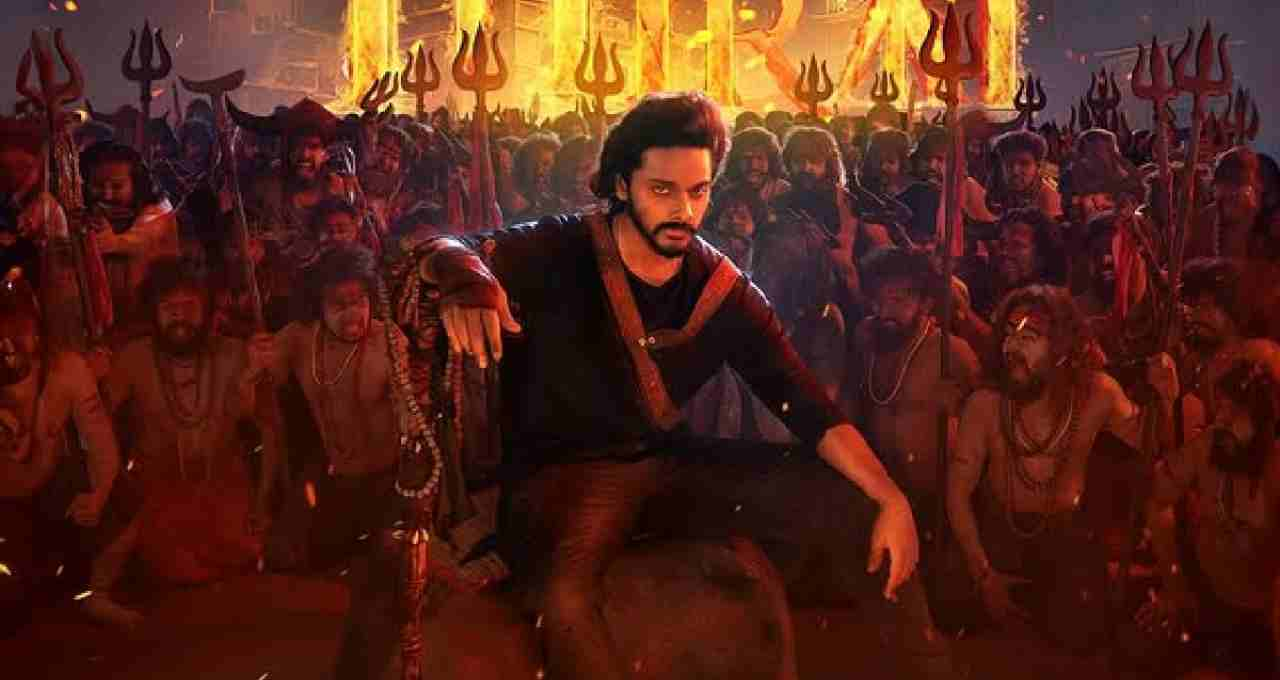 Gowra Hari's background score breathes life into war, tension, and emotional scenes. Meanwhile, Srikar Prasad's editing keeps the film's pace consistent, preventing the story from dragging. The dialogues are inspiring and impactful, especially those based on dharma, sacrifice, and the glory of Lord Rama. First Half vs. Second Half: Instability at the Start, Enthusiasm at the End The first half of the film feels unstable in places. Events move rapidly, requiring the audience to pay close attention to every frame. The film slightly drags due to the need to establish multiple characters and plot points in the initial part. However, the story gains new momentum after the interval. The second half offers a balanced mix of thrill, inspiration, spirituality, and emotions. Teja Sajja's repeated falls and recoveries, drawing strength from Lord Rama's name, inject enthusiasm into the audience. The climax creates an atmosphere of a religious festival, which could erupt into chants of 'Jai Shri Ram' in the theater.
Gowra Hari's background score breathes life into war, tension, and emotional scenes. Meanwhile, Srikar Prasad's editing keeps the film's pace consistent, preventing the story from dragging. The dialogues are inspiring and impactful, especially those based on dharma, sacrifice, and the glory of Lord Rama. First Half vs. Second Half: Instability at the Start, Enthusiasm at the End The first half of the film feels unstable in places. Events move rapidly, requiring the audience to pay close attention to every frame. The film slightly drags due to the need to establish multiple characters and plot points in the initial part. However, the story gains new momentum after the interval. The second half offers a balanced mix of thrill, inspiration, spirituality, and emotions. Teja Sajja's repeated falls and recoveries, drawing strength from Lord Rama's name, inject enthusiasm into the audience. The climax creates an atmosphere of a religious festival, which could erupt into chants of 'Jai Shri Ram' in the theater.







